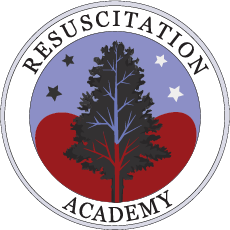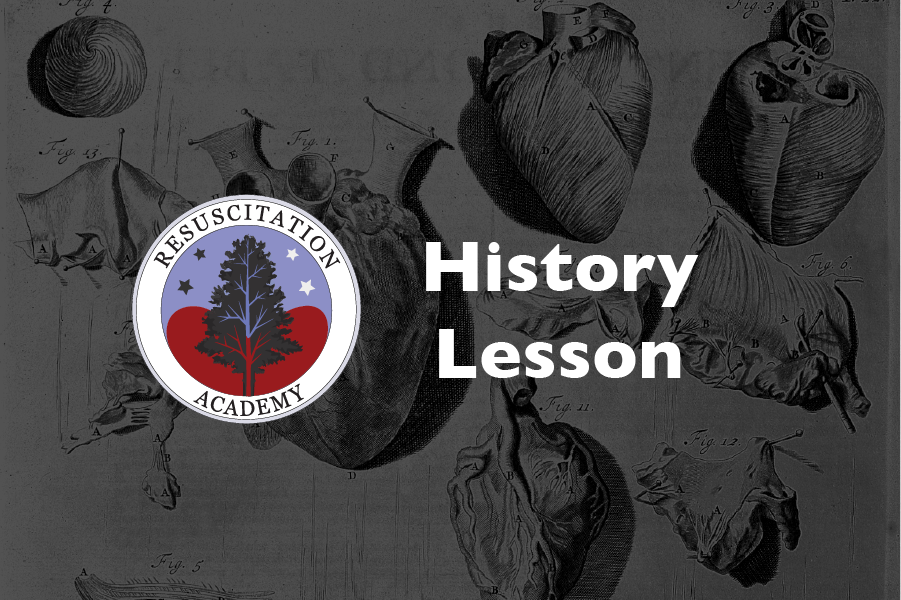Part 3: Out of Hospital Cardiac Arrest: The Present
Survival from sudden cardiac arrest varies literally all over the map.
It is no exaggeration to describe survival as generally low and with high disparity across communities. Based on CARES data overall survival from witnessed VF is 33% and survival from all rhythms is 10%. These figures have not budged much in the prior 15 years. The disparity in survival from VF is sizable, ranging from 2% to 65%. These figures come from communities with over 150 cardiac arrests annually.
In one regard every successful resuscitation is an affirmation of the remarkable power of CPR combined with defibrillation.
This is not to ignore other therapeutic interventions such as airway management, intravenous fluids and medications, however, of all the interventions, CPR and defibrillation form the bedrock of virtually all successful resuscitations from VF cardiac arrest.
Examining the time to and quality of CPR as well as defibrillation helps explain the large disparity in survival. To better understand this relationship, it is important to examine the two types of CPR – layperson and professional. Layperson CPR is generally of low quality but the fact that it is delivered soon after collapse and before EMS personnel arrive helps “buy time.” As it generally takes over 10 minutes for EMS to arrive with a defibrillator to be brought to the scene of the arrest, there will not be many successful defibrillations if there is no bystander CPR. In general, the likelihood of resuscitation falls by approximately 10% for every minute without CPR. Thus, if bystander CPR can begin before EMS arrival, the likelihood of survival increases. Bystander CPR is provided either by previously trained citizens or is the result of the emergency telecommunicator providing instructions over the phone (known as telephone or telecommunicator CPR – T-CPR). T-CPR theoretically could turn every cardiac arrest into one with bystander CPR.
In Seattle and King County, bystanders start CPR in approximately 70% of VF cardiac arrests. Half of these bystander CPR events are solely due to bystanders receiving instant T-CPR instructions over the telephone.
The second type of CPR is that provided by EMS personnel.
The quality of EMT CPR matters a great deal. In 2005 all EMTs in King County received training in high-performance CPR (HP-CPR). The result was a 35% increase in survival from VF. HP-CPR is letter perfect CPR: proper rate of compression, proper depth of compression, full recoil with each compression, minimal pauses (no pause greater that 10 seconds), intubation and IV or IO placement with no cessation in CPR, precharging the defibrillator paddles, and a CPR fraction (ration of chest compression to total time of resuscitation) greater that 80%. Such choreographed CPR requires training and teamwork. EMTs are taught to be responsible for the quality of CPR and paramedics are taught to integrate their procedures with ongoing CPR. HP-CPR is so good at keeping the heart alive that it literally flattens the slope of death and gives defibrillation the maximal chance to succeed.
Defibrillation has the maximal chance to succeed when the interval from collapse to defibrillation is short – that is why survival from witnessed VF which occurs after EMS arrival has such high likelihood of survival. Defibrillation is more likely to succeed when CPR (either by trained bystander or because of T-CPR) occurs prior to the shock.
The present state of resuscitation provide by EMS is variable.
Most communities DO NOT provide HP-CPR but an increasing number are training EMT responders in this skill as well as providing ongoing training and quality improvement feedback following every cardiac arrest.
The Resuscitation Academy promotes 10 steps to improve a community’s cardiac arrest survival. The steps are divided into low-hanging fruit and high-hanging fruit. The lower steps include:
cardiac arrest registry;
T-CPR;
HP-CPR; and
rapid dispatch (a means to save 30-60 seconds in dispatching units to the cardiac arrest.
Seattle and King County, two EMS systems which perform T-CPR and HP-CPR, have bystander CPR rates of 70-77% and VF survival rates of 50-55%. There are no impediments to other communities achieving similar outcomes.
The Resuscitation Academy











There are opportunities to significantly increase survival from out of hospital cardiac arrest. Implementation of existing standards and training programs for telephone CPR and high-performance CPR will do much to improve survival.